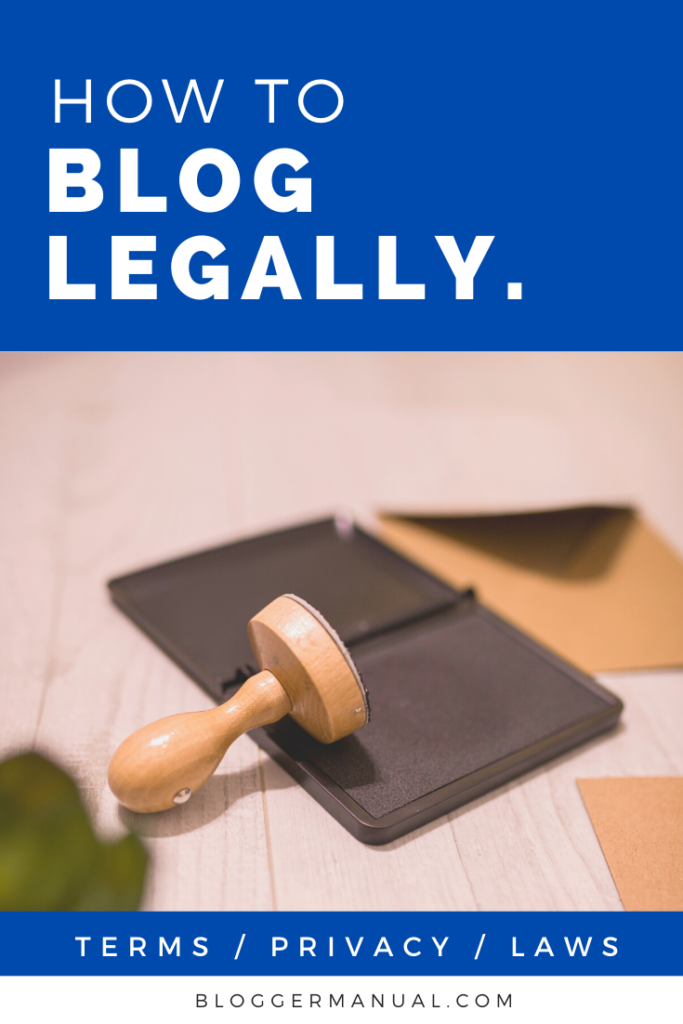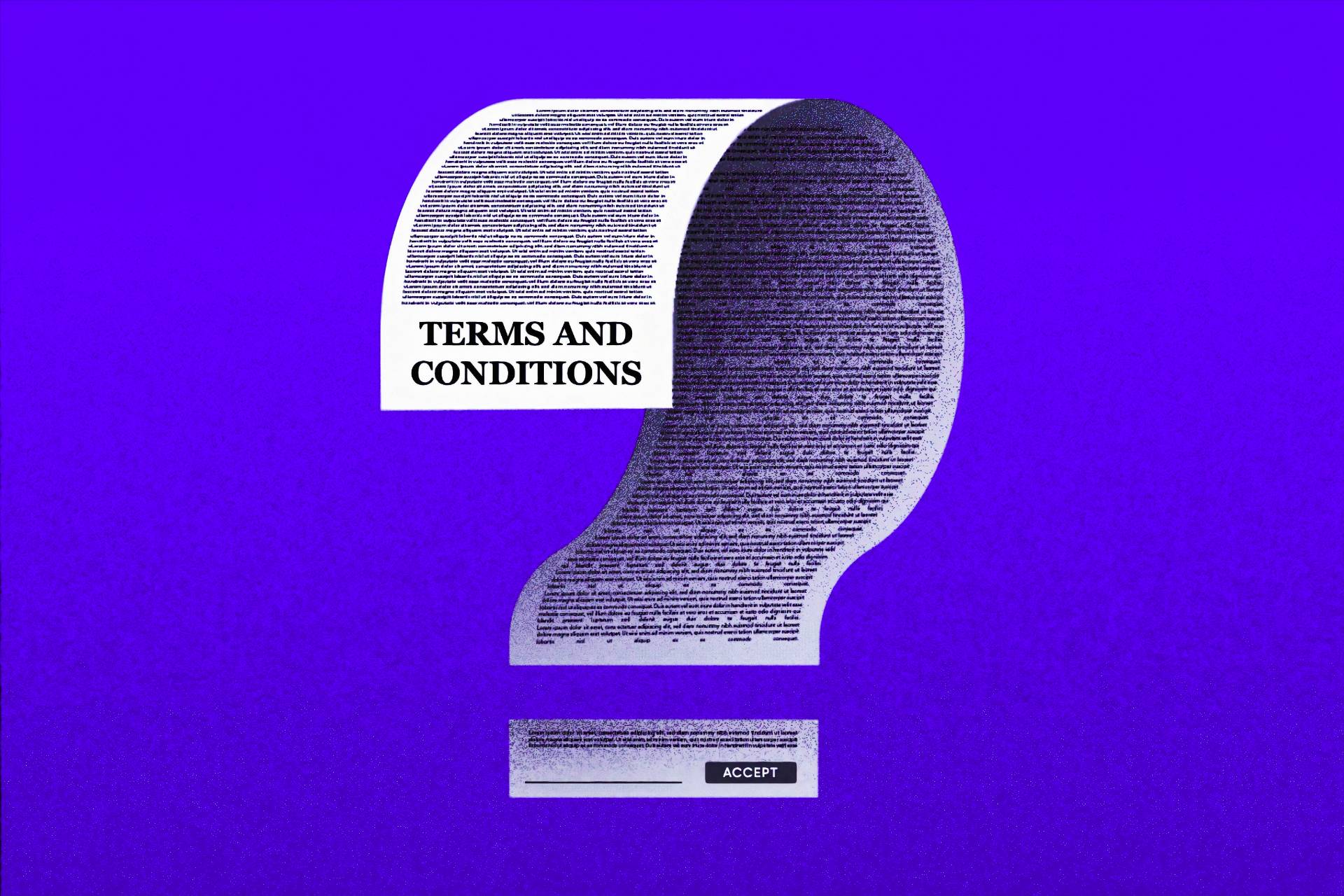
In today’s digital landscape, bloggers must be vigilant about complying with privacy and consumer protection laws in various countries. Ignorance is not an excuse, and staying informed and compliant is crucial.
With privacy and consumer protection being enforced more strictly across the world, your blog must have some pages and features to comply with several country-specific laws.
Let’s explore the key pages and features your blog should have to ensure you’re on the right side of the law.
1) Terms of use
Any website must have a well-drafted page that outlines the terms of use for users. Based on your website and its services, your terms and conditions should provide you safety against any unwanted litigation or claim.
With a clear terms and conditions page, you limit your responsibilities and liabilities towards your users. Why give anyone a free run?
2) Privacy policy
Privacy laws have become stringent across many countries, including the US and European Union (EU). Your website should a clearly laid out privacy policy. Let your users know how you use the information, and what privacy can they expect.
Websites and companies that collect data on citizens in European Union (EU) countries need to comply with the General Data Protection Regulation (GDPR) for consumer data safety rights. If you serve EU countries or have a presence there, check for the applicable laws and compliance requirements.
To comply with GDPR, you need to let users know about the data collected and its purpose. You should explain how the data is processed, who has access to it, and how you’re keeping it safe. This information should be included in your privacy policy. It must be presented “in a concise, transparent, intelligible and easily accessible form, using clear and plain language, in particular for any information addressed specifically to a child.”
Pro tip: As far as practical, offer no safety of privacy or personal information. Let users know that you cannot guarantee their privacy and safety of personal data. You save yourself a lot of pain.
3) Cookie consent
The EU cookie policy law requires a clear and “in your face” notice about cookies and privacy policies on all websites operating in the geography or being used by people in the EU.
A cookie and privacy policy notice has made websites ugly and user experience suffers. Nonetheless, all websites have to comply with the cookie notice requirement. It requires that users take action to provide their consent to use of cookies and collection of data.
Cookies are tiny files saved by websites on visitor’s device (i.e. laptop or smartphone). These files are used by the website to recognize the user’s device and store their information such as login data and preferences.
To comply with the EU cookie consent law, you can use a cookie consent plugin when using WordPress.
Alternatively, you can place a conspicuous notice at the top of your website regarding use of cookies, and provide link to the privacy and cookie policy page.
4) COPPA for children’s privacy (USA)
Websites that are targeted at children should stay in compliance with Children’s Online Privacy Protection Rule (COPPA). Read the rules in detail. It becomes more important if you are based in the USA.
Compliance with COPPA rules and requirements is tricky.
For instance, a website must obtain “verifiable parental consent” before any collection, use, or disclosure of personal information from children. Any change also needs parental consent. The law defines ways to ensure the consent is verifiable as parental consent. For this, the consent has to be transmitted via post, phone, video conference, identity verification and other methods listed.
If you have a website or blog for children, make sure that you do not enable tracking. If you are inserting ads, make sure that the same does not track the users. Google Adsense has an option to disable visitor tracking for compliance with COPPA.
5) Affiliate disclosure for USA
In the USA, the Federal Trade Commission has strict guidelines regarding advertising, endorsement, affiliate advertising, influencer marketing, etc. All US companies require their affiliates to clearly disclose their “material connection” with the company whose products they endorse.
The FTC requires that consumers must be aware how a product / service endorsement is connected with the company.
For affiliate marketing, it means clean and unambiguous notice to the user about how the website or blog will get paid for the mention / endorsement.
When a blog or website ranks products or services while getting affiliate commissions, it needs to disclose how the compensation has influenced the ranking or endorsement.
Where to place your affiliate disclosure? Affiliate disclosures must be prominent and conspicuous. It must be distinct and more prominent than the rest of the content. The disclosure should be visible without any extra action. Hence, you should place you affiliate disclosures next to the affiliate link.
When you have multiple affiliate links, you should place your affiliate disclosure at the beginning of the page — within above the header — or at the stat of the content with affiliate links.
Here are some sample affiliate disclosures that can be placed at the beginning of the article or at the top of the website.
Affiliate Disclosure: This website is affiliated with companies, products and services that we feature and recommend. We may get compensated when you make a purchase using our affiliate link or coupon / code.
This website contains affiliate / sponsored links to products and services. We get paid when a qualifying purchase is made via these links. Detailed disclosure is available here [link].
Affiliate disclosures must be clearly visible. It should not be hidden or buried under the text or placed in the sidebar. The font size and color should also be distinct so as to make it clearly noticed without any extra effort.
The disclosure should be visible to the user immediately or before the affiliate link or sponsored post. No action, such as scrolling or clicking on a link, should be required.
Don’t place your affiliate disclosure at the end of the post or in the sidebar. Also, adding a disclosure on your terms and/or privacy page does not meet the requirements. Similarly, adding a disclosure in your footer is no good.
The endorsement and affiliate disclosure rules also apply when using social media. So, social media influencers need to be aware of the FTC affiliate disclosure requirements too.
When endorsing any product via social media or using stand-alone link, you need to clearly mark it as an advertisement or sponsored link. You can comply with endorsement disclosure requirement by placing “Ad: ” or “Advertisement” at the beginning of the post update.
Ad: Get web hosting for just $3.95 / month -> https://example.com/affiliate-link
